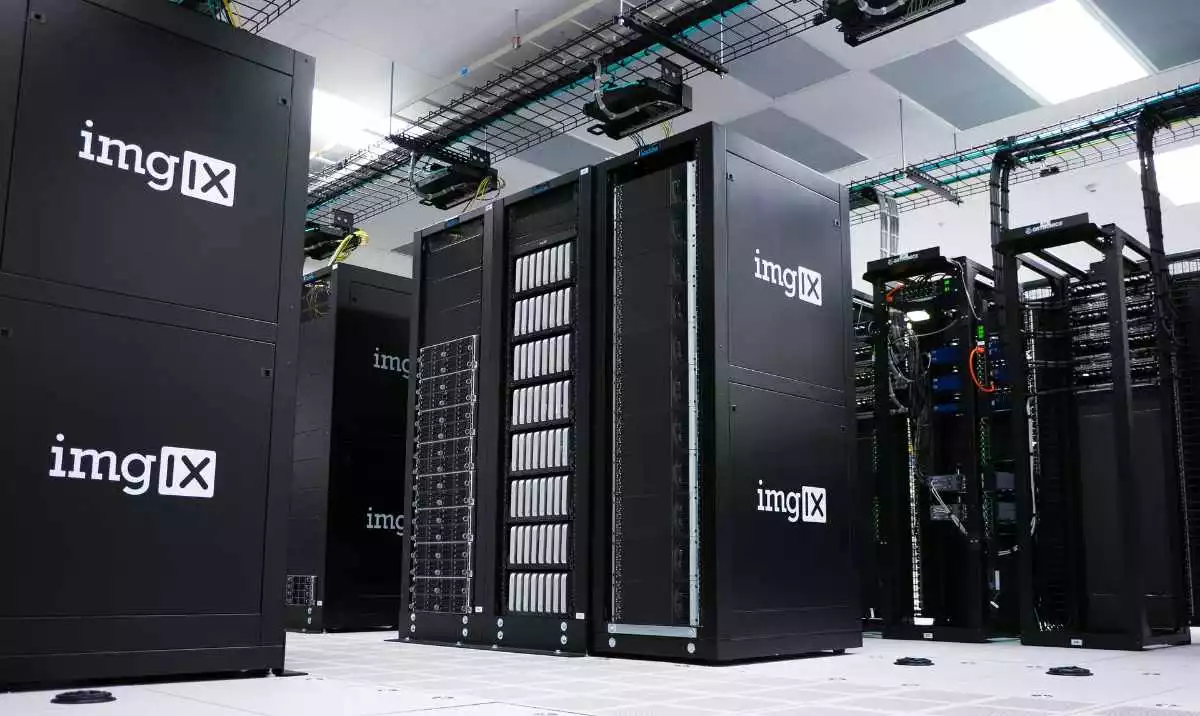Essential Elements of Network Security in 2022
The term “network security” embodies different strategies. Its main elements include multiple layers of protection and zero trust with varying aspects of a network in focus.
Cybercrime Magazine revealed in an article that an approximated 60% of small businesses shut down within six months of experiencing a cyber attack. With both financial security and reputation at stake, it is critical for every business to have strategies to combat or prevent data breaches and monitor suspicious network activity.
In a nutshell, network security is any tactic an organization or individual considers to safeguard the network’s devices, data, and users’ identity. Its core goal is to ensure that the network functions safely for everyone authorized to access it while also sustaining the organization’s reputation.
It constitutes hardware, software, and the process of network access, detects malicious behavior, and prevents harm or damage by halting their activity. A reliable strategy is to integrate multiple network security tools to create defense layers that make it harder for a successful cyber attack, as provided here: https://nordlayer.com/features/.
To get you started, consider these essential network security elements in 2022.
1. Firewall Security
A firewall security feature oversees and filters traffic to identify and block unwanted activities, threat actors, and intrusions from gaining network access. It uses various policies based on port numbers and IP addresses to block traffic or provide access.
A firewall is one of the most fundamental network security elements serving an extensive security layer to a network. A MarketsandMarkets prediction has shown that the firewall market size globally will hit a whopping $10.5billion in 2025 — a more than 200% increase from $3.8billion in 2020
2. Security Information and Event Management (SIEM)
SIEM is a network security element that involves a convergence between security event management (SEM) and security information management (SIM) to provide an increased security level to company resources.
The term SIEM was coined by Gartner analysts in 2005, and it is targeted at providing IT teams with real-time analysis of security activities developed by network hardware and applications. It curates data from varied network sources, spots unusual activity, and takes the necessary action on the events.
3. Network Access Control (NAC)
NAC helps network administrators to find out which user or device can or cannot access the network. It is a networking tactic that unifies endpoint security technology such as host intrusion prevention, antivirus, vulnerability assessment with security enforcement, and the user or user authentication.
Through the NAC overseeing capabilities, IT teams and admins can control users’ and devices’ activities on the network. Hence, it offers access management and visibility to protect networks.
4. Virtual Private Networks
During the heat of the pandemic, more than 65% of employees worked from home. Today, the hybrid system has stuck with most organizations. However, to ensure the integrity and privacy of vital resources, VPNs were necessary to provide remote access with adequate secure access to company networks regardless of where they may be located.
5. Intrusion Prevention System (IPS)
IPS is another cybersecurity security element that scans network traffic for unusual activities and combats by either reporting it to the administrator, blocking it, or preventing it from causing harm.
IPS is often positioned between your firewall and the remaining part of the computer network. And unlike the firewall that sticks to given rules, the IPS creates, analyzes, and learns rules.
6. Data loss prevention (DLP)
As the name suggests, DLP detects and prevents potential network breaches by monitoring them, exposing their activity, and blocking sensitive data from being accessed while it’s in use.
While data loss can be very destructive to a functional system, DLP leverages technology to monitor how users send and receive sensitive information within the corporate network.
7. Cloud-based Network Security (CNS)
Organizations are moving from on-premises networks to cloud networks to mitigate the potency of cyber threats further. With cloud network security, sensitive company resources are sent to the cloud for storage and protection.
With the way cybercrime is being advanced from day to day, it is no longer a question of whether your company should consider cloud security or not, but a question of how much of this network security has been integrated into your company network. To intensify this strategy, you’ll also need to feature the SASE framework, SD-WAN, and Zero Trust.
Conclusion
For your network security to be very efficient, you need to look into your entire organization’s security strategies. Be sure that every measure you have put in place works perfectly and in unison all-around the network.
Think of yourself as the potential network attacker and try to see how porous your network can be to a potential threat. Probe every aspect of your digital environment to know where a potential data breach could occur.




